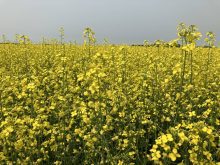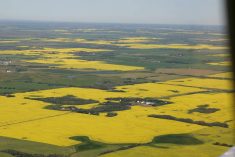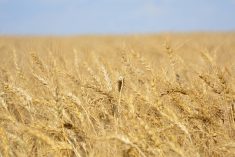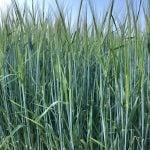Malting barley prices should remain strong, says a Canadian Wheat Board analyst, because the Canadian crop will be average, at best.
“In Canada, right now, it’s very unlikely that we would have what you would consider (to be) a bumper crop,” said Neil Townsend, market analyst for the CWB, given that planted acres are expected to drop compared to 2007.
In its April 21 report, Statistics Canada estimated that barley acres (feed and malt) would decline 14 percent in 2008.
However, industry watchers don’t believe the acreage loss will be as severe as predicted.
Read Also
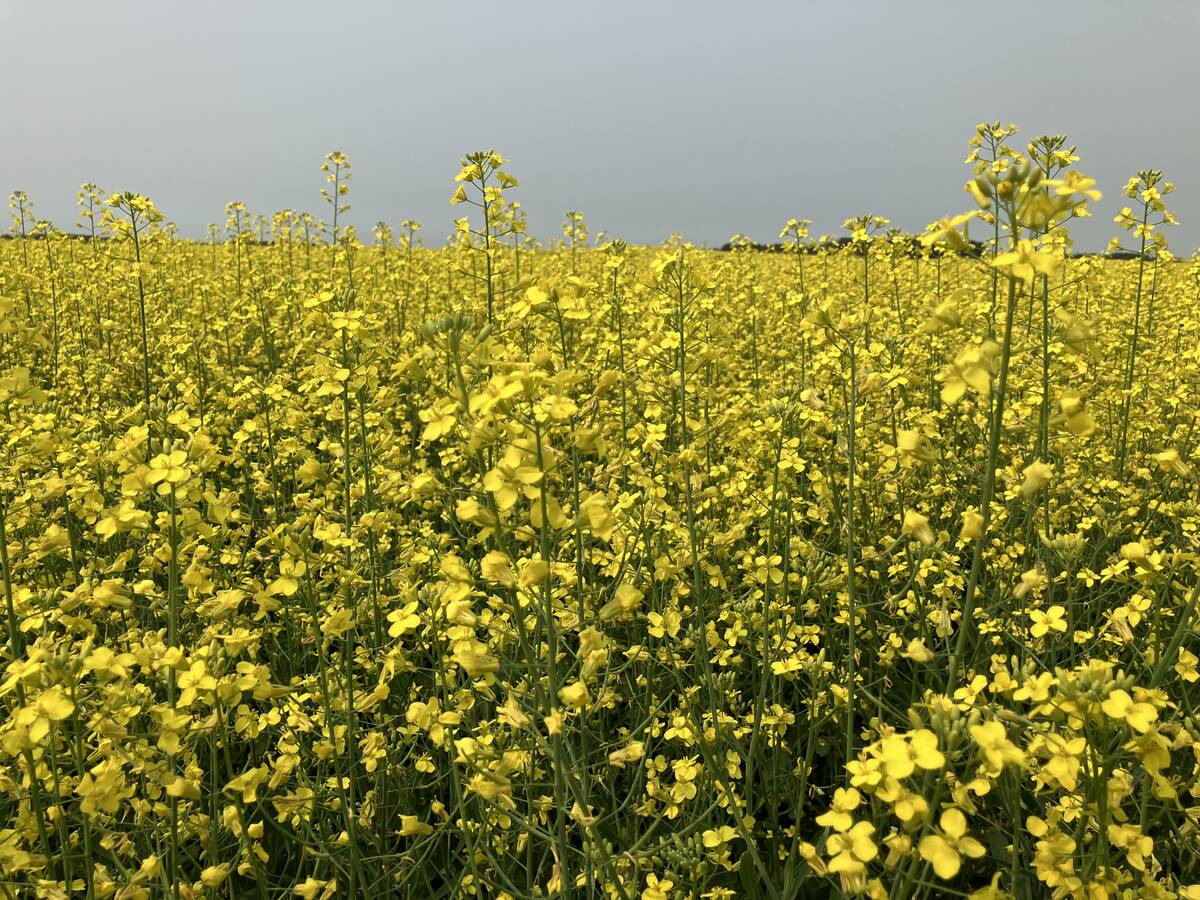
Strong canola exports expected to tighten supply
Canola exports will end up the third strongest in the past 10 years, according to recent Canadian Grain Commission weekly export data.
“Judging by the phone calls I’m getting … this last rain that we got (in Alberta) will push some guys into putting in a little more barley than they were,” said Rod Green of Central Ag Marketing in Airdrie, Alta.
Even with additional acres, if producers switch from wheat and canola to barley, Canada is unlikely to produce a massive malting barley crop in 2008.
“The best case scenario is we produce a good supply, but not an overabundance,” said Townsend.
Like most crops, malting barley prices have jumped during the last 12 months, going from $200 per tonne ($4.35 per bushel) in May 2007 to $310 per tonne ($6.75 per bu.) this spring.
The CWB’s latest Pool Return Outlook reflects malting barley’s strength. The board predicts returns of $334 per tonne ($7.27 per bu.) at port for Select CW Six-Row barley.
“We’ve never seen (prices) as high as $6.50 to $6.75 a bushel … as long as I can remember,” said Green, who’s been marketing malting barley for 30 years.
Foreign factor
Mike Leslie, chief executive officer of the Alberta Barley Commission, said prices should remain high, unless there’s a big crop in two of the three major exporting regions: Europe, Canada and Australia.
Townsend, of the CWB said Europe is likely to have a big crop in 2008.
A milder winter has produced better growing conditions in France, a key barley region within the EU. Also, with more seeded acres and better moisture conditions across the continent, EU barley production is expected to increase 10 percent from 2007, Townsend said.
“The harvested area is expected to go up about five percent. But if they return to trend yields … then you’d expect them to have better production,” compared to last year, when yields were down.
That means the focus then turns to eastern Australia, where there are concerns over dry soil.
Those worries are likely overstated, Townsend said, because the key for Australian barley producers is rain later in the growing season.





